Do you have a question about the GMC 2013 Acadia/Acadia Denali and is the answer not in the manual?
Overview of the vehicle's dashboard layout and controls.
Key features for first-time drivers and initial vehicle operation.
Operation of vehicle access, locks, and window systems.
Adjustments and usage of seating and restraint systems.
Vehicle systems affecting performance and required maintenance.
Details on vehicle keys, remote entry, and lock mechanisms.
Operation and features related to vehicle doors and liftgate.
Information on the vehicle alarm and immobilizer systems.
Adjustments, folding, and dimming features for exterior mirrors.
Adjustment and dimming features for the interior rearview mirror.
Operation of power windows, including express features.
Proper adjustment and importance of head restraints for occupant safety.
Seat adjustment, lumbar support, and memory features.
Operation and access for second and third-row seating.
Proper usage, wear, and care of safety belts.
Details on airbag locations, inflation, and system checks.
Guidelines for securing infants and children in appropriate restraint systems.
Location and operation of interior storage areas like instrument panel and glove box.
Features like cargo cover, tie-downs, and cargo management systems.
Information on using the vehicle's roof rack for carrying items.
Operation of steering wheel adjustment and controls, horn, and wipers.
Explanations of dashboard warning lights, gauges, and indicators.
Details on the Driver Information Center (DIC) and Head-Up Display (HUD).
Meanings and actions for various vehicle messages displayed on the DIC.
Operation of exterior lamps, including automatic controls and headlamp functions.
Controls for instrument panel illumination, courtesy, dome, and reading lamps.
Features like entry lighting, delayed lighting, and parade dimming.
Overview of the infotainment system and safety warnings for its use.
Operation of AM, FM, and SiriusXM radio, including audio settings.
Usage of CD player, MP3 playback, and auxiliary device connections.
Bluetooth connectivity for hands-free calling and voice commands.
Customization options for display, voice recognition, and system preferences.
Overview and operation of the vehicle's heating, cooling, and ventilation system.
How to adjust and use the vehicle's air vents for optimal airflow.
Information on replacing the passenger compartment air filter.
Guidance on safe driving practices, avoiding distractions, and defensive driving.
Procedures for new vehicle break-in, ignition positions, and starting the engine.
Information on exhaust system and safety precautions related to carbon monoxide.
Operation of the automatic transmission, including manual mode and Tow/Haul.
Details on ABS, parking brake, brake assist, and hill start assist features.
How to set, resume, reduce speed, and use cruise control safely.
Operation of parking assist, blind zone alert, and rear vision camera systems.
Information on recommended fuel, specifications, and filling the tank.
General towing information, driving characteristics, trailer wiring, and hitch types.
Importance of dealer service, genuine parts, and maintenance.
Guidance for owners performing their own service work and vehicle checks.
Steps for opening and closing the vehicle's hood.
Proper selection, checking, and changing of engine oil.
Information on the cooling system, its components, and overheating prevention.
How to check and add power steering fluid if necessary.
Instructions for adding windshield washer fluid.
Information on brake wear indicators, pedal travel, and replacement parts.
Details on tire types, sidewall labeling, terminology, and maintenance.
Importance of required maintenance for vehicle protection and value.
Owner checks, services, and recommended intervals for vehicle upkeep.
Specific services for commercial use vehicles and underbody flushing.
Guidance on maintaining battery, belts, brakes, and fluid levels.
List of approved fluids, lubricants, and replacement parts for the vehicle.
A section to log performed services and maintenance.
Information on Vehicle Identification Number (VIN) and service parts identification label.
Capacities and specifications for various vehicle systems.
Procedures for customer satisfaction, assistance offices, and online resources.
Details on services provided, coverage, and contact information.
Procedures for reporting safety defects to government agencies and GM.
Information on event data recorders and vehicle data privacy policies.
Introduction to the OnStar system, its capabilities, and status indicators.
Details on Emergency, Security, Navigation, Connections, and Diagnostics services.
Information on transferring service and reactivation for subsequent owners.
| Brand | GMC |
|---|---|
| Model | 2013 Acadia/Acadia Denali |
| Category | Automobile |
| Language | English |

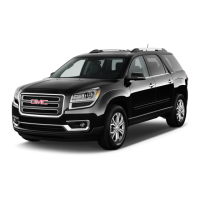
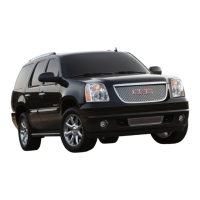

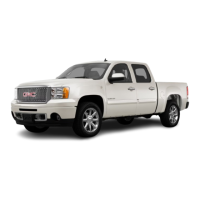
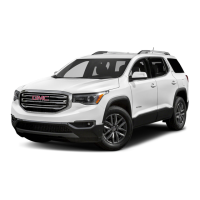
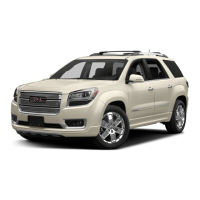

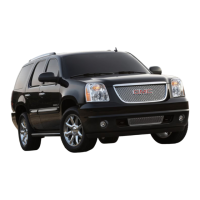
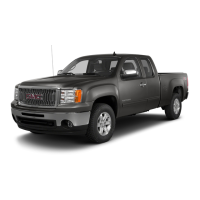

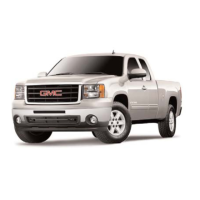
